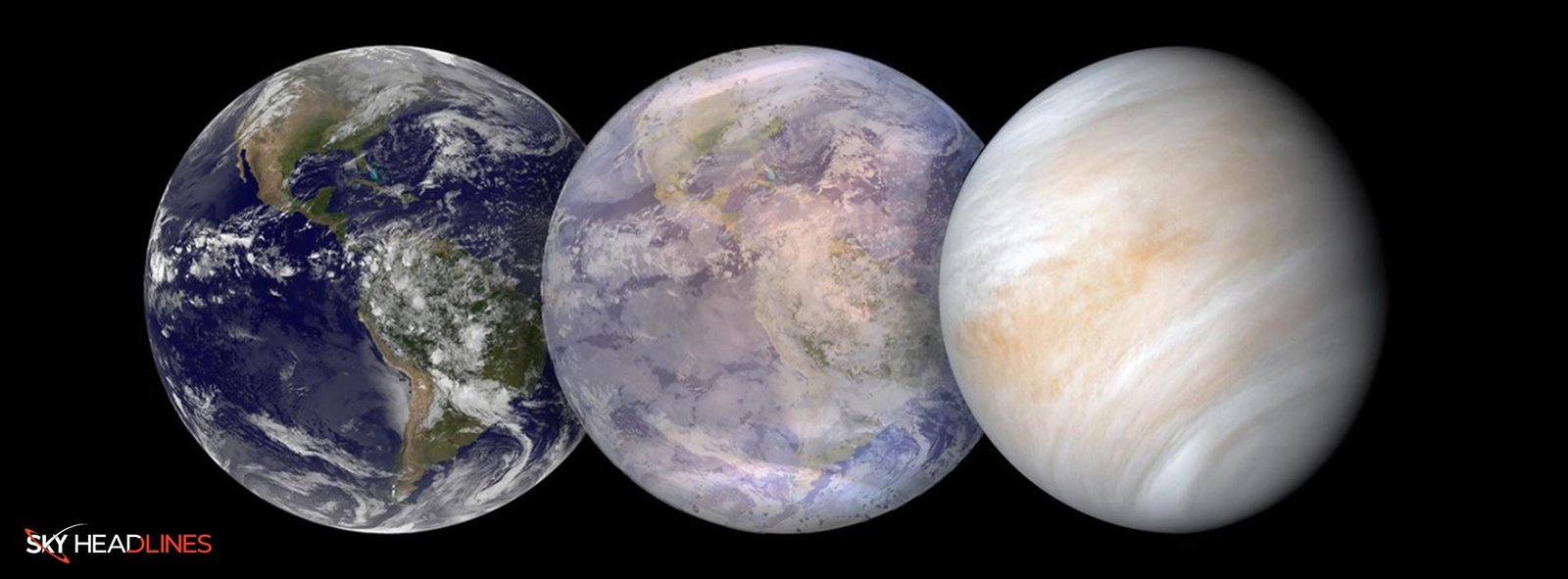The habitable exoplanet, SPECULOOS-2c or LP 890-9c, was found in September 2022. It circles its star every 8.5 Earth days at a distance of just 1.7 million miles (2.8 million kilometers), yet its diameter is 40% higher than Earth’s.
A Potentially Habitable Exoplanet is Near a Tiny Red Dwarf Star:
However, because the red dwarf is tiny and chilly, it can be cool even near the star. LP 890-9c is close to the inner boundary of the star’s zone, which denotes the region in which a planet with an atmosphere similar to Earth might sustain liquid water on its surface.
Habitable Exoplanet is in Climatic Spheres:
LP 890-9c may be in many climatic and atmospheric states, and the James Webb Space Telescope may be able to discriminate between them, according to a new study conducted by Lisa Kaltenegger, director of the Carl Sagan Institute at Cornell University.
What is the Location of the Exoplanet?
Similar to how Venus is situated in our solar system, which is similarly at the inner border of the zone, LP 890-9c, Habitable Exoplanet is situated in its planetary system.
A planet in Venus’ position may continue to support life. Still, at some point over its 4.5 billion-year existence. Venus became enmeshed in a feedback loop caused by a runaway greenhouse effect.
Venus previously had water on its surface, but that evaporated due to the planet’s dense carbon dioxide atmosphere.
Why Some Planets Would Not Get Venus’s Identical Manner?
Only some planets towards the inner border of the zone will, however, develop in Venus’s identical manner. One is because Venus lacks a magnetic field to block the solar wind, a torrent of charged particles emanating from the sun.
As a result, the planet’s water supply was reduced due to the solar wind’s increased ability to transport away hydrogen atoms that the sun’s ultraviolet radiation had broken off water molecules.
LP 890-9c, habitable exoplanet could fend off the stellar wind from its star and preserve the water vapor in its atmosphere if it has a powerful magnetic field.
Kaltenegger said in a release:
“Looking at this planet will tell us what’s happening on the inner edge of the habitable zone—how long a rocky planet can maintain habitability when it starts to get hot,”
The Crisp Details About the Chemical Composition of Habitable Exoplanets:
The planet was modeled by Kaltenegger’s team using measurements of its mass and radius.
The models also included assumptions about the planet’s chemical composition, surface pressure and temperature, atmospheric depth, and cloud cover. These later elements are unknown at the moment.
The planet may be cratered and devoid of atmosphere for all we know. This is a likely scenario given that red dwarfs are frequently subject to powerful flares that might rob an orbiting planet of its atmosphere.
Deep Analytical Study of the Characteristics of Exoplanets:
The group developed five distinct models that speculated on the characteristics of LP 890-9c, the Habitable Exoplanet. These varied from a hotter version of Earth to varying concentrations of atmospheric water vapor and greenhouse gases, with the ultimate model approaching Venus’s hellish atmosphere of choking carbon dioxide.
Three Transits Study of Exoplanet by JWST:
According to a separate study led by Jonathan Gomez Barrientos of the California Institute of Technology, JWST would only need to observe three transits of LP 890-9c, across the face of its host star to confirm the presence of a steamy, water-rich atmosphere. And eight transits would be sufficient to determine whether LP 890-9c is more like Venus, and 20 transits would be sufficient to find evidence for the still-hot Earth scenario.
Theoretically, it should only take six months to complete the observations because the planet transits its star every 8.5 Earth days.
Testament of Targets on Earth:
The first target where we may test these many possibilities is our planet, according to Kaltenegger.
“If it’s still a hotter Earth—hot, but with liquid water and conditions for life—then the inner edge of the habitable zone [around all stars] could be teeming with life.”
Although JWST cannot directly detect liquid water on the planet’s surface, it can establish whether the atmosphere is suitable for the presence of liquid water.
Even if LP 890-9c, proves to be too hot for life, the discoveries may still have something to tell us about the future of Earth. Over a billion years, the sun will gradually become brighter and warmer as it matures, making Earth too hot for life and causing the seas to evaporate. We can learn more about Earth’s future by examining a planet other than Venus that has previously experienced this period or possibly has even managed to withstand it for the time being.
Let’s Conclude the Habitable Exoplanet with Kaltenegger’s Final Words:
“Habitable exoplanet will teach us something fundamental about how rocky planets change with rising starlight and about what will eventually happen to us and Earth.”





